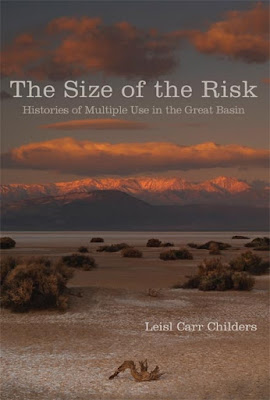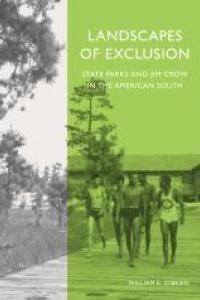Please pass this on to anyone who might be interested:
This call is for a single one-year fellowship (2017-2018) for a graduate student or postdoctoral fellow wishing to work on the history of water law in Israel/Palestine or a related topic. The fellowship is part of the Israel Science Foundation-funded research project headed by Dr. David Schorr (Tel Aviv University Faculty of Law): "Private and Public Water Rights in Mandate Palestine and Early Israel".
Eligible candidates will be one of the following:
- an applicant for an Ll.M. or Ph.D. degree TAU Law's Zvi Meitar Center for Advanced Legal Studies (candidates must apply separately to the Meitar Center for admission, and receipt of the fellowship will be contingent on acceptance to a degree program);
- a student currently studying for one of the above degrees;
- a candidate for a research degree in another university or in another faculty of TAU, wishing to spend a period as a visiting researcher at TAU Law;
- recent recipients of a doctoral degree (not from TAU) wishing to conduct post-doctoral research at TAU Law.
The fellow will receive a monthly stipend of between approximately ILS 4,500 (for masters students) and 11,000 a month, in accordance with university rules and subject to available matching funds. TAU students will also receive a tuition waiver. No funds will be provided for travel or lodging, though administrative assistance may be provided for both. The fellow may re-apply for funding in subsequent years, university rules permitting.
The fellow will be expected to be in residence in the Tel Aviv area and participate in weekly workshops and seminars at TAU.
Interested individuals should send the following documents (in English or Hebrew) to berg@post.tau.ac.il by 15 May 2017:
- cover letter describing research agenda and its relevance to Dr. Schorr's research project
- c.v.
- transcript of grades from last degree
- 2 letters of recommendation sent directly to berg@post.tau.ac.il
- writing sample
Notification of the fellowship award will be made quickly.













